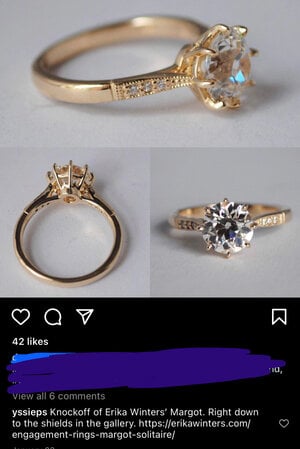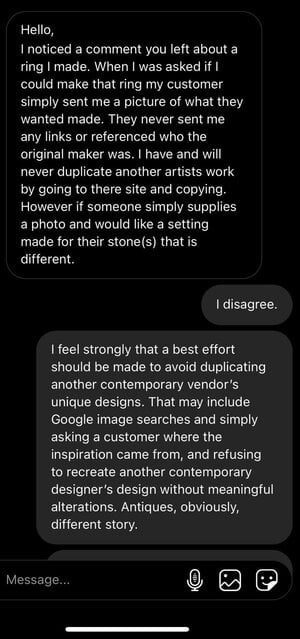- Joined
- May 15, 2014
- Messages
- 6,285
Yes, I understand that but I was replying to the post that saidCopyright, patent, and trademark are three totally different things.
This topic is thoroughly covered by intellectual property law. It's puzzling to see everybody trying to reinvent the wheel
And my point was that you had to register or apply to have the law protect you. i don't think you're protected legally otherwise.









300x240.png)